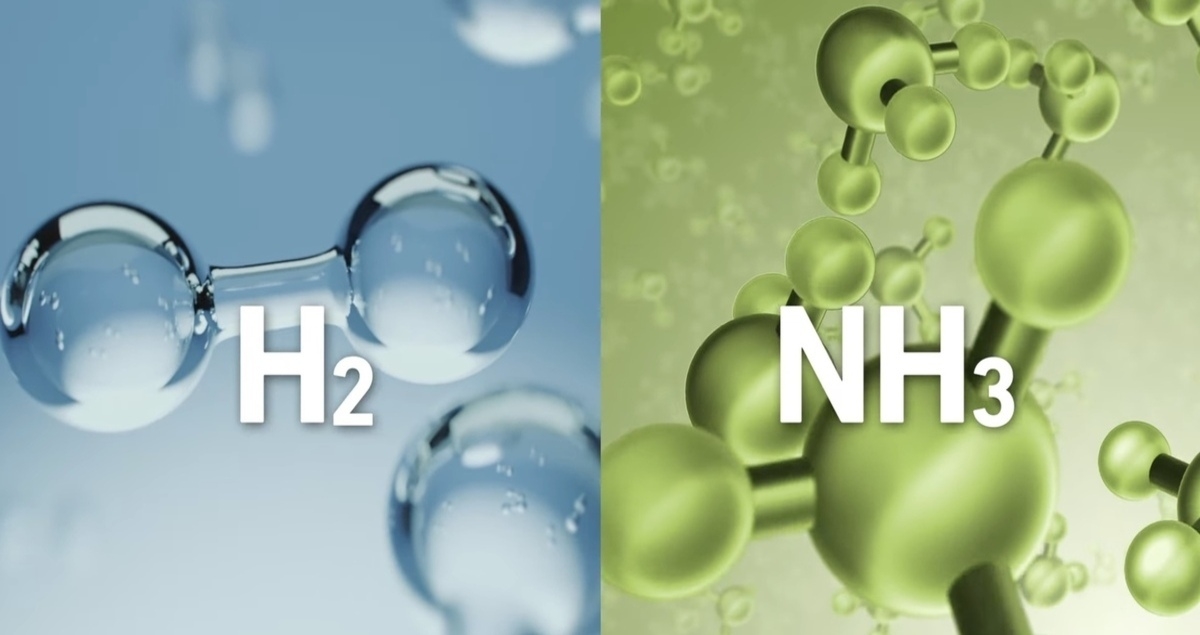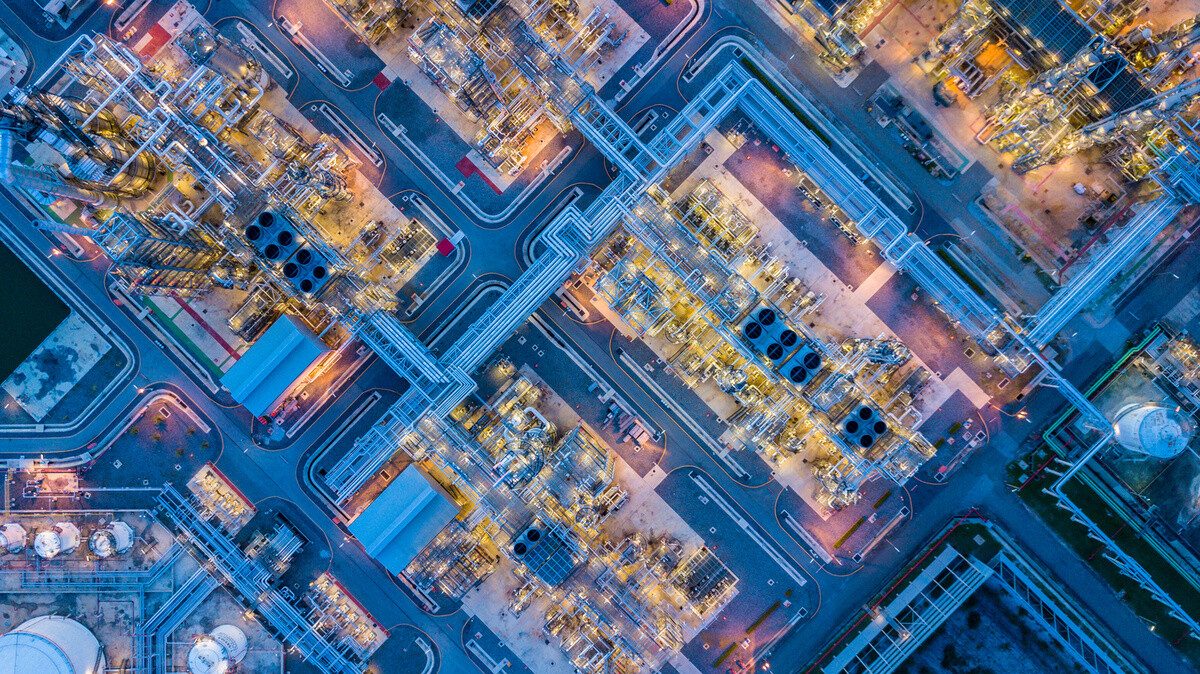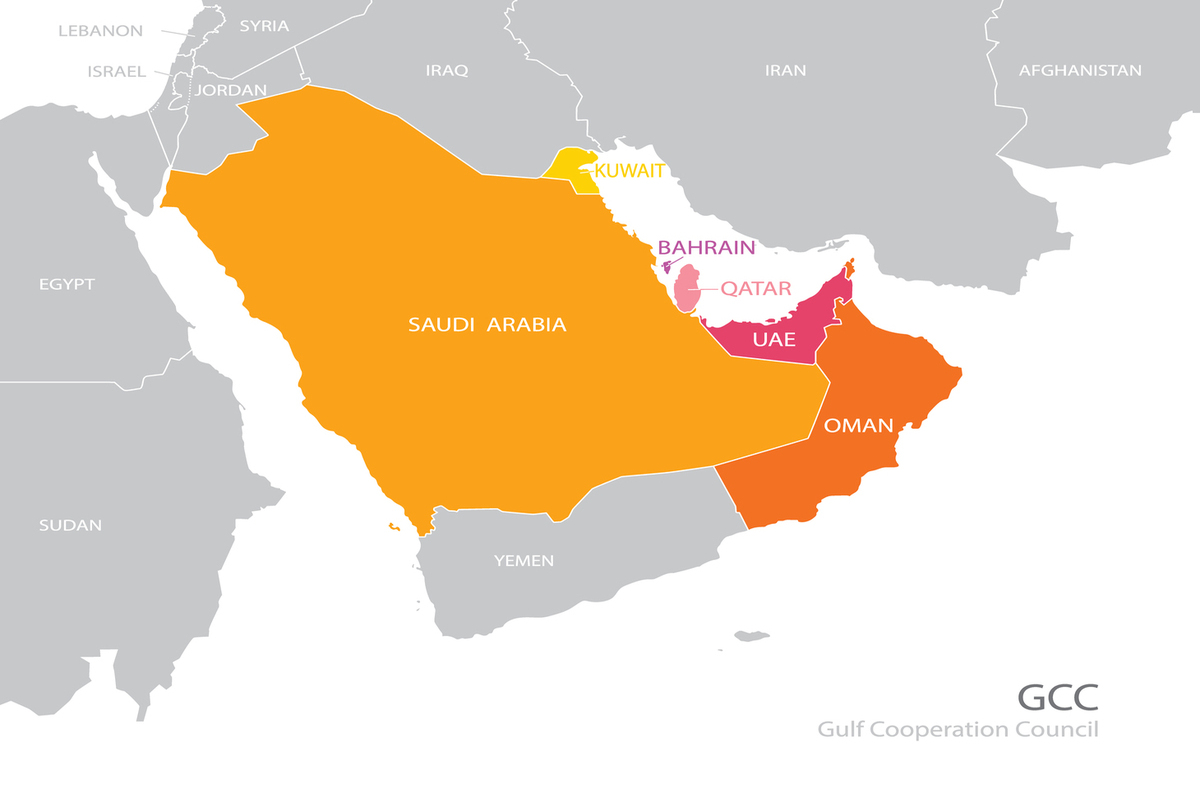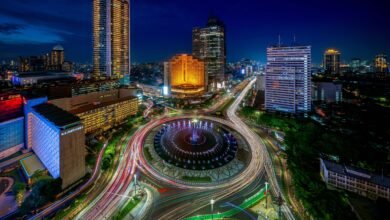From hydrogen to CCUS: Green investment in the Middle East

There can be no one-size-fits-all approach — or collective pace — to a Middle East energy transition that includes hydrocarbon-rich energy export hubs, little-developed states with few energy resources and everything in between.
That said, many nations in the region share a common objective: a desire to decarbonize their energy systems.
To that end, business and state investment in no- and low-carbon technologies is increasing, including modern gas turbines, hydrogen, ammonia, renewables and carbon capture, utilization and storage (CCUS) systems.
The region’s “advanced and ambitious energy investment and diversification plans”, as described by the International Renewable Energy Agency (IRENA), are a signal its energy transition is progressing.

Switching to hydrogen co-firing turbines
As the power requirement of the Middle East’s markets increases, capacity additions of more than 40GW are expected over the coming decade.
Much of this will initially come from natural gas, with regional utilities and heavy industry increasingly turning to modern gas turbine combined cycle (GTCC) systems to make existing power production more sustainable.
To move ahead with reducing combustion emissions, Mitsubishi Power, a power solutions brand of Mitsubishi Heavy Industries(MHI), has successfully operated its heavy-duty JAC gas turbine using a 30% hydrogen and natural gas fuel mix. They are also working on a 100% hydrogen-firing demonstration using the company’s small- to medium-sized H-25 gas turbine.
Plant operators have the potential to fuel these turbines with emissions-free green hydrogen
produced using renewables, although this is currently both expensive and in short supply.

Green fuel export
Another part of the region’s energy transition relates to the export potential of sustainable green fuels.
The global use of fossil fuels is set to dramatically decline in the next few decades. IEA points out that the use of oil and gas as well as coal needs to ‘fall from almost four-fifths of total energy supply today to slightly over one-fifth by 2050’ to reach net zero in time.
This could help explain why the production of emissions-free fuels like green ammonia and green hydrogen is gaining momentum in parts of the region.
“There are moves to establish green hydrogen hubs or green hydrogen exports from the Middle East, which could increase significantly over the next 10 years,” says Hideo Miyanishi, General Manager at Mitsubishi Heavy Industries Middle East Office.
With several states ramping up capacity, today’s supply imbalance could start to be redressed in the coming years.
“The demand is there, but the supply can’t keep up,” adds Hatem Shokry, Vice President MENA Region, NEXT Energy Business at Mitsubishi Heavy Industries EMEA.
“Saudi Arabia, Oman, Egypt, Morocco, UAE are positioning themselves as green hydrogen hubs for exports feeding mainly into Europe.”
Partnerships will be key to enabling this scale-up. MHI and ADNOC, the UAE’s state-owned energy company, are working together to establish blue ammonia and blue hydrogen value chains, for example. These fossil-fuel-derived fuels use CCUS to prevent flue gas emissions from reaching the atmosphere, helping decarbonize existing industries and generate low-carbon ammonia and hydrogen exports for overseas markets.
“There is a commitment to building value chains for low-carbon fuels like blue hydrogen or blue ammonia as the way forward to strengthen supply in the short to medium term,” Shokry says.

Utilizing CCUS
CCUS technology can help ammonia and hydrogen exporters comply with legislation like the
European Union’s (EU) Carbon Border Adjustment Mechanism. This measure aims to protect EU products from being replaced by carbon-intensive imports from countries outside the bloc with less stringent climate policies.
It can also help countries in the Gulf Cooperation Council (GCC) reduce domestic emissions from oil and gas and meet their net zero targets, the timelines of which range between 2040 and 2060.
As an industry leader, MHI has been involved in a number of carbon capture projects across the region. These include major manufacturers in the aluminium and petrochemical fields. The captured carbon can be used to provide feedstock for the production of chemical compounds like urea and methanol.
Across the region, the sustainability message is driving change. The case for multiple routes to a low-carbon future has been high on the agenda of the last two COP events — both hosted locally, in Egypt and the UAE. And with take-up of the diverse technology needed for that green future accelerating in the region, there is much to be positive about.
Source link





